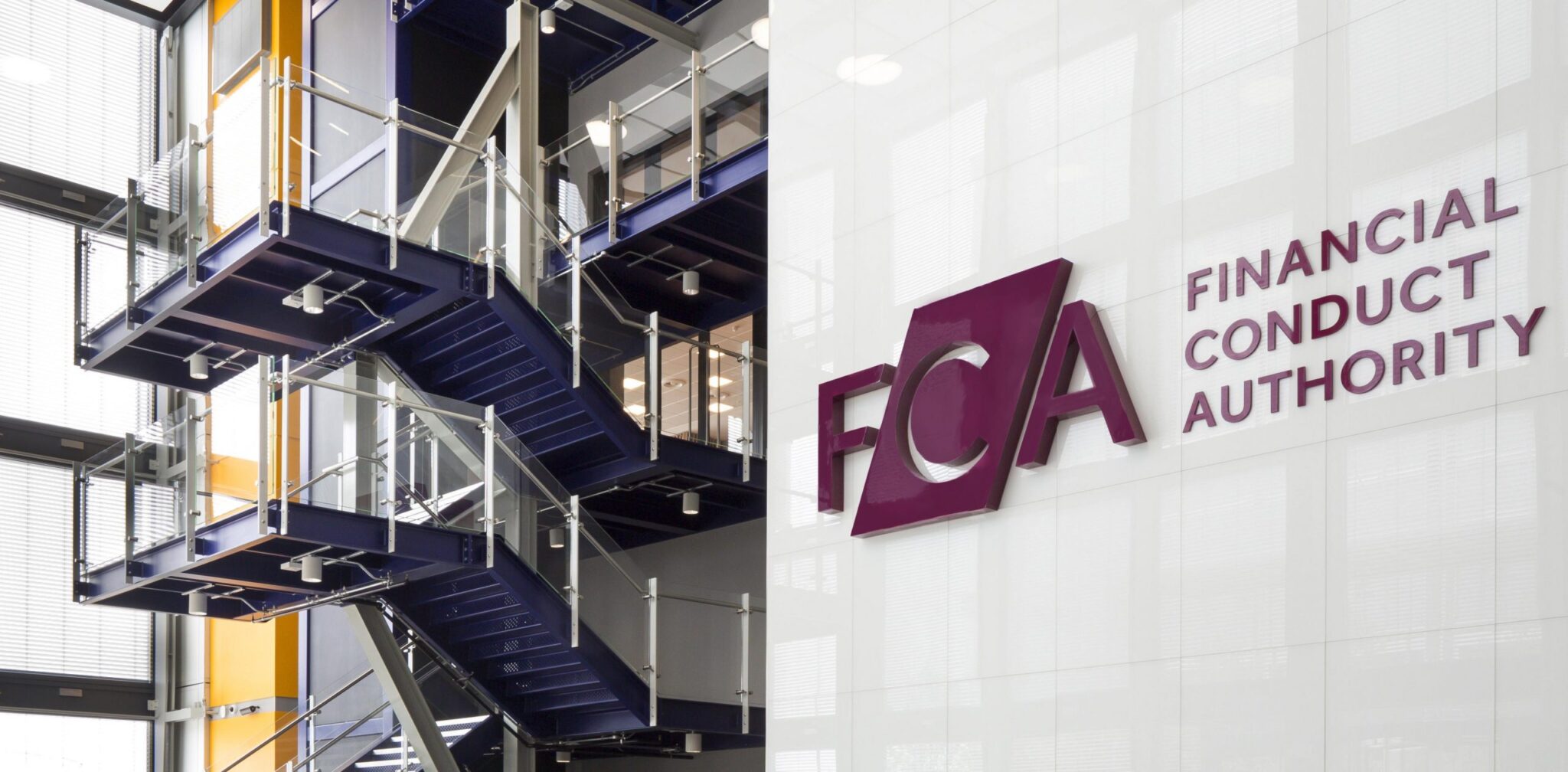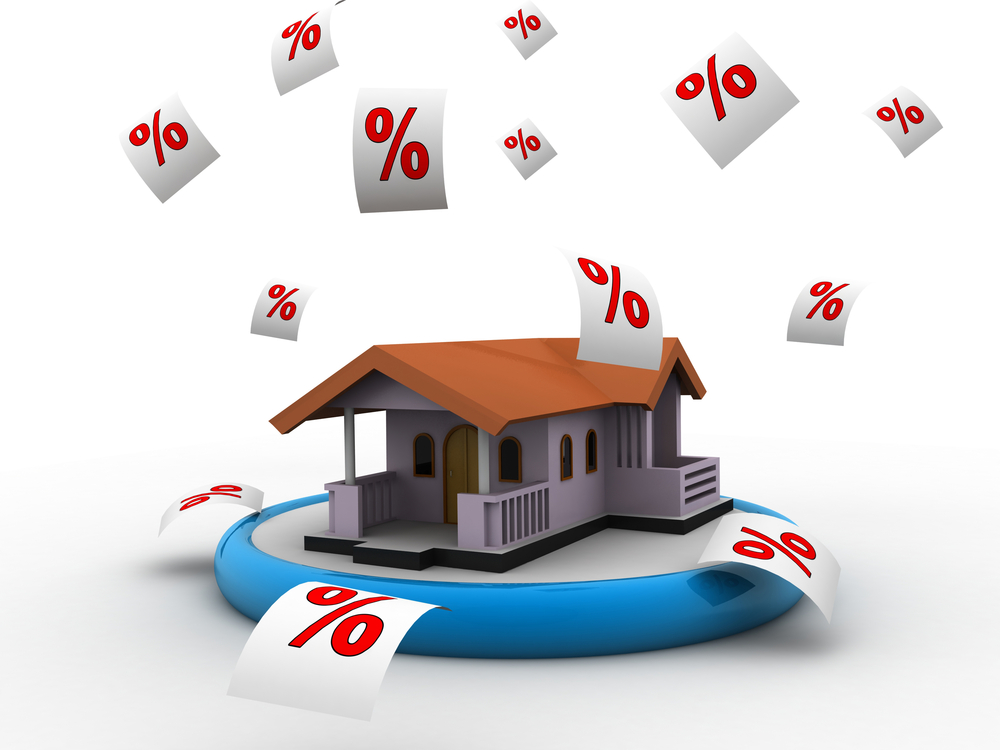Homeowners are struggling to keep on top of mortgage payments, as the value of outstanding home loans in arrears rises by 50% to £20.3bn in a year.
Compared to the previous quarter, the value of mortgage balances in arrears is up 9.2%.
The rise recorded by the Bank of England (BoE) in the last three months of 2023 means that the proportion of total loan balances with arrears, relative to all outstanding mortgage balances, has increased to 1.23%, the highest seen since Q4 2016.
Simon Gammon, managing partner at mortgage broker Knight Frank Finance, said: “At 1.23%, the proportion of loan balances in arrears is still very low, but the pace at which it is rising will be a source of concern for policymakers at the BoE.
“The housing market has shown remarkable resilience given the surge in borrowing costs that we’ve seen. Much of that is down to forbearance from lenders, which has kept forced selling very low.
“While borrowing costs have likely peaked and should begin falling meaningfully over the summer, the figures demonstrate that we’re not yet out of the woods, and conditions remain very difficult for many borrowers.”
Fall in mortgages approved
Mortgage lenders also experienced a challenging quarter at the end of 2023.
Excluding the onset of the Covid-19 pandemic, the value of mortgage loans approved in the final three months of last year, to be released to borrowers in the coming months, has fallen to its lowest level since the first quarter of 2013.
The value of new mortgage commitments approved in Q4 decreased by 6.6% from the previous quarter to £46bn and were 21.2% lower than a year earlier.
The value of actual lending in Q4 fell by 13.4% quarter-on-quarter to £54bn, representing a 33.8% reduction on the same period in 2022.
The proportion of lending to borrowers who used a high loan-to-income ratio to secure a mortgage decreased by 2.6 percentage points from the previous quarter to 42.7% and was 6.6 percentage points lower than a year earlier.
A high loan-to-income ratio means the lender has allowed the borrower to multiple their earnings by four-and-a-half times or more to get a mortgage.
A slight increase of one percentage point quarter-on-quarter took the share of mortgage lending for house purchases to 58.7%, a rise of 3.3 percentage points on the previous year.
Of the 58.7%, lending to first-time buyers increased by 1.2 percentage points from the previous quarter to 27.1% of gross advances, the highest since reporting began in 2007, and was three percentage points higher than a year earlier.
The proportion of advances for remortgages decreased by 0.8 percentage points from the previous quarter to 29.7%, but was 2.3 percentage points higher than a year ago.
For buy to let (BTL), covering house purchasing, remortgaging and further advances, the share of mortgage lending decreased by 0.5 percentage points from the previous quarter to 7%, the lowest since Q3 2010, and 4.9 percentage points lower than a year earlier.
At the end of last month, the BoE reported a rise in approvals for January.
If you are struggling with your mortgage, contact your mortgage lender before you miss a payment to talk through your options. Visit the government’s money advice website Moneyhelper or free debt charities such as Stepchange.org or Nationaldebtline.org.





